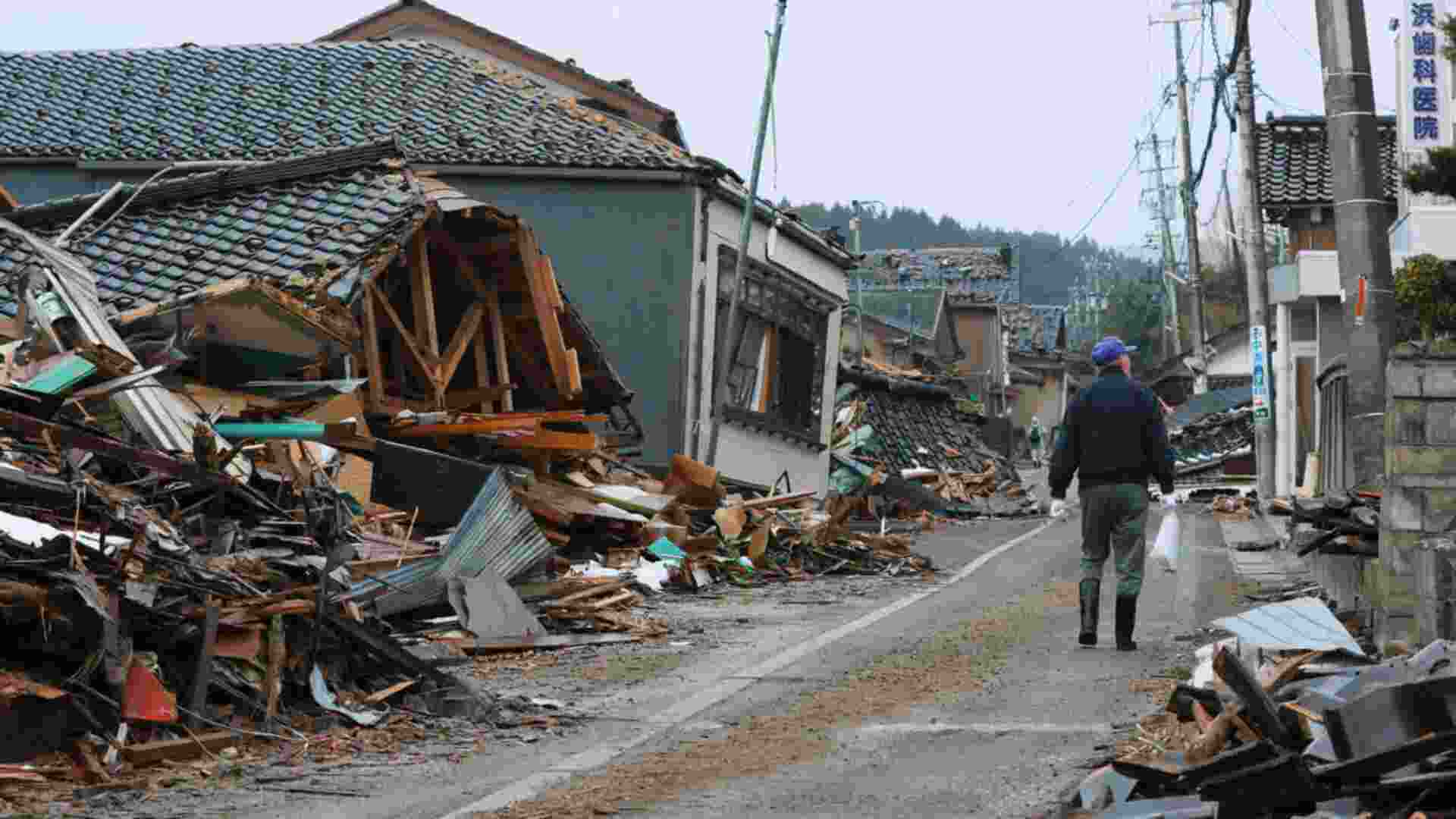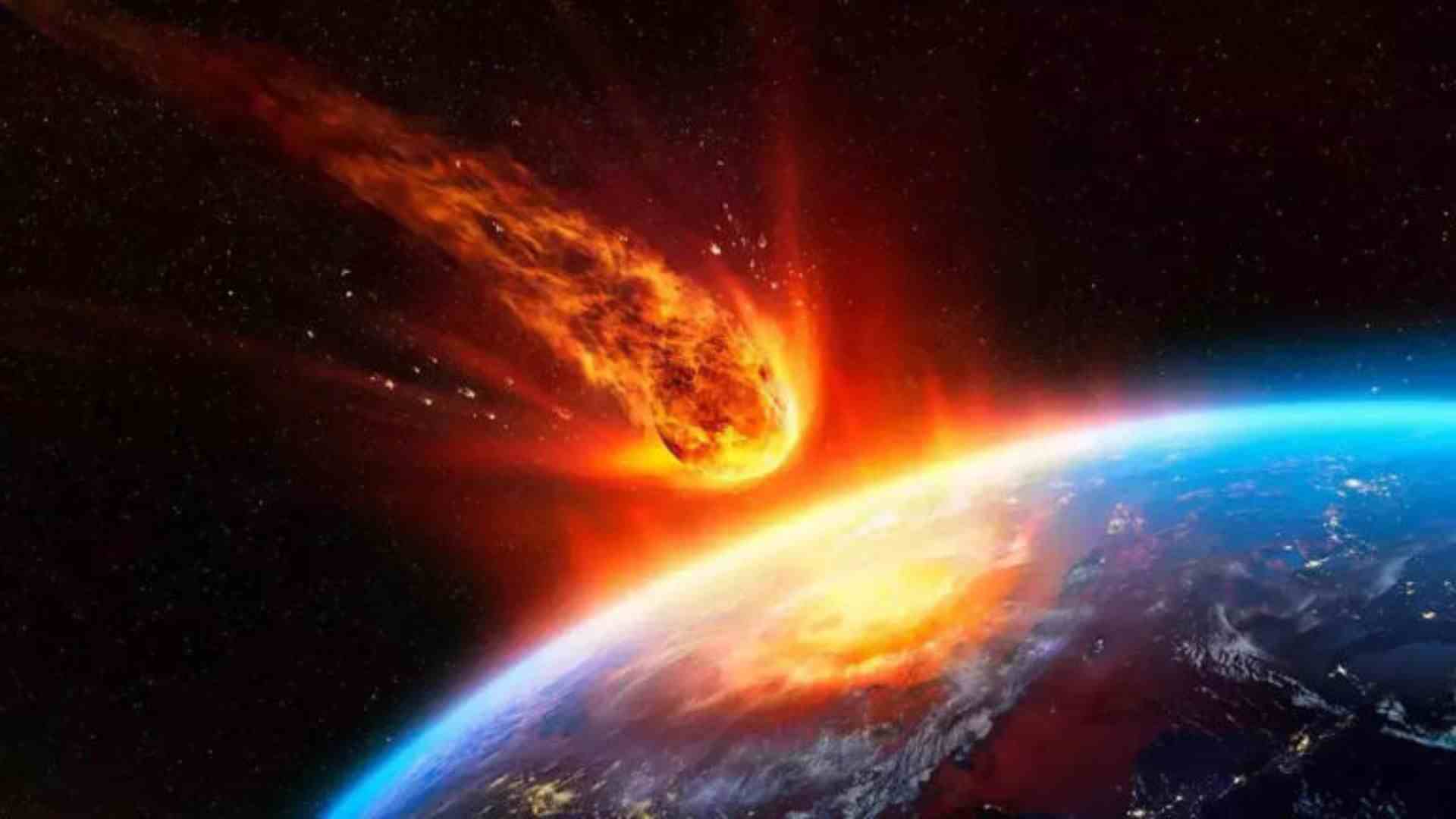
On August 8, 2024, Japan experienced a significant seismic event when a 7.1-magnitude earthquake struck off the southern coast of Kyushu, triggering a tsunami advisory. This quake, originating at a depth of about 18 miles, left three people injured, with reports from the Fire and Disaster Management Agency indicating eight people were hurt, some by falling objects.
Footage from the quake showed severe shaking, with traffic lights and light fixtures swaying in Miyazaki. Despite the intensity, there were no major damages or disruptions to essential services like power and water. The Japan Meteorological Agency (JMA) issued a tsunami advisory, noting waves of up to 1.6 feet along Kyushu’s southern coast and Shikoku, although no major damage was reported from the tsunami surge.
In response to the quake, the JMA issued its first-ever megaquake warning, signaling a heightened risk of a more severe earthquake in the near future, particularly along the Nankai Trough, which runs along the Pacific coast. This warning indicates a potential for a significant quake that could affect a vast area, from Tokyo to Kyushu, with possible high tsunami waves impacting coastal regions. Naoshi Hirata, head of an advisory body to the JMA, noted that the likelihood of a major quake has increased “several times” compared to usual.
This warning comes amid Japan’s historical awareness of seismic risks. The country is well-prepared for earthquakes due to its location on the Pacific Ring of Fire and extensive experience with seismic activity. Japan’s stringent building codes, established after the devastating 1923 Yokohama earthquake, ensure that structures are designed to withstand seismic forces. Modern buildings use reinforced materials and innovative techniques, including seismic isolators and dampers, to absorb and mitigate earthquake impacts.
Despite these advancements, there is uncertainty about how well Japan’s infrastructure would hold up under a massive quake. Robert Geller, professor emeritus of seismology at the University of Tokyo, acknowledged that while Tokyo is “probably reasonably safe,” the true test of resilience will come with the next major earthquake.
In light of the megaquake warning, Japanese Prime Minister Fumio Kishida postponed his trip to Central Asia, choosing to remain in Japan to oversee crisis management. The situation has prompted increased vigilance and preparedness among residents, reflecting Japan’s commitment to disaster readiness.















